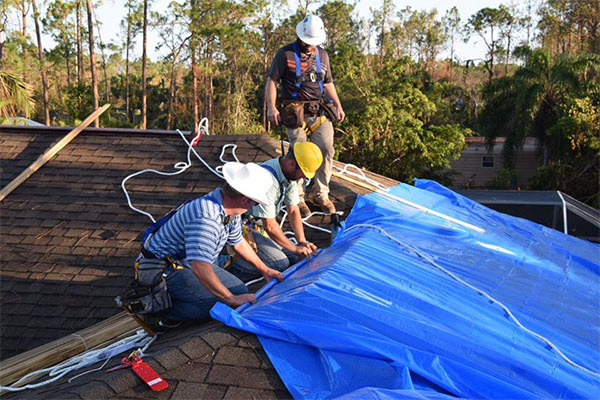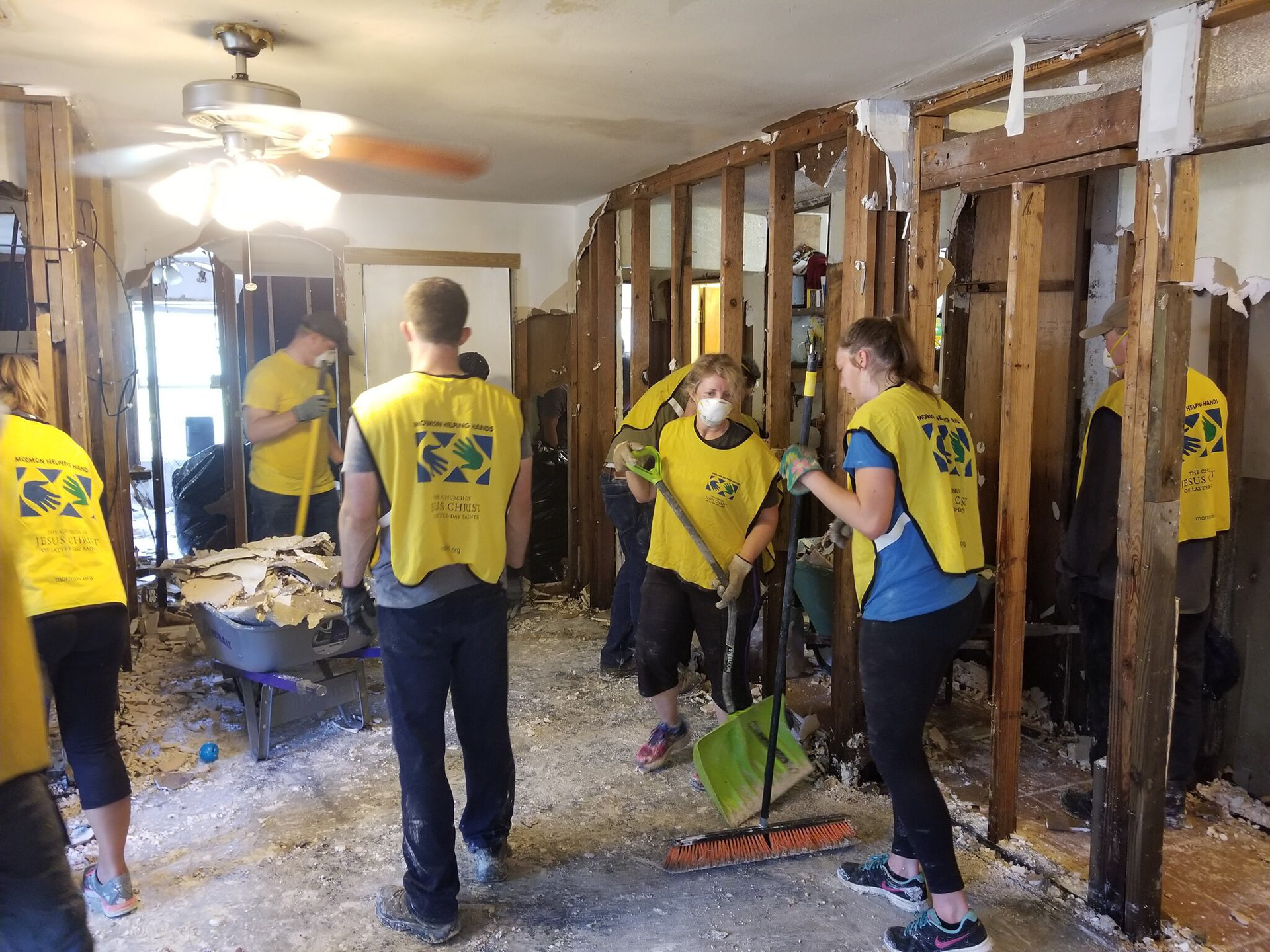GENERAL ADVICE
BEFORE
Be Prepared
Be Prepared
Contact your local emergency management office to assist in determining your vulnerability to a hurricane. A storm surge may extend beyond coastal areas, but hurricanes also bring high winds, tornadoes, heavy rains, and flooding to inland areas.
If you live in a vulnerable area, be sure to plan an evacuation route. Consider staying in a hotel or with family and friends outside of the vulnerable area. Learn safe routes inland. Be ready to drive at least 20 to 50 miles inland to locate a safe place.
On the road
Evacuation Actions.
LEAVE EARLY. TAKE YOUR TIME.
Evacuation Actions.
LEAVE EARLY. TAKE YOUR TIME.
The NC Emergency Response Team has been working in partnership with the petroleum industry in an attempt to make extra fuel available at certain gas stations along major evacuation routes. Rest areas along I-26 will be enhanced with additional facilities in order to accommodate motorists efficiently. Department of Public Safety weigh stations will also be available as comfort stations. A GPS may misdirect you to closed roads. Stay on official evacuation routes.
During
PROTECT YOURSELF
PROTECT YOURSELF
• Stay tuned to local television and radio stations for emergency information. Be sure to keep a battery operated, solar-powered, or hand-crank-operated radio or television for use during power outages.
• Stay inside a well-constructed building away from the windows and the doors, even if they are covered. Go to an interior first-floor room, closet, or under the stairs.
• Be alert. Tornadoes are very often spawned during hurricanes. If the “eye” of the storm passes over your area, be aware that severe conditions will return with winds from the other direction in a very short time.
• Limit non-emergency calls. Be sure to keep calls brief to minimize any network congestion. Wait at least 10 seconds before redialing a call. For non-emergencies, try sending text messages.
• Once the storm passes, be patient. You will most likely not be able to return home right away.



Recovery
How to help in an Emergency Response crew
Three primary skills are helpful to assist in the recovery of hurricane devastation:
• Sawyer/Lumberjack crew. must have trained sawyer/highly skilled sawyer on the team to
provide operational direction and oversee safety. crews consist of approximately 10-15 with 4-5 people per chainsaw. Anyone that will operate a saw must print off the certificate showing completion in order to
operate a saw during the clean-up effort; even if it is your own saw. Required equipment for saw operators shown in the following training. Some Chaps, helmets and hearing protection items will be available at the Command Center. Official Training can be found here: Chainsaw Safety
provide operational direction and oversee safety. crews consist of approximately 10-15 with 4-5 people per chainsaw. Anyone that will operate a saw must print off the certificate showing completion in order to
operate a saw during the clean-up effort; even if it is your own saw. Required equipment for saw operators shown in the following training. Some Chaps, helmets and hearing protection items will be available at the Command Center. Official Training can be found here: Chainsaw Safety
• Cleanout Crew. These Crews can be anywhere between 10-40 people and it is good to have someone with carpentry experience to help make onsite judgement calls about the tear-out work to be done.
Hand Tool List: cordless drills, hammers, brooms, metal rakes, shovels (including flat ones)
sledgehammers, crow bars, flat bars, axes.
sledgehammers, crow bars, flat bars, axes.
Equipment list: portable generators, dump trailers, extension ladders, truck, chainsaw and
safety gear, circular saw w/extension cord.
safety gear, circular saw w/extension cord.
• tARPING/Carpenter crew. You Need someone with professional Carpentry/Roofing experience on
the crew for safety oversight and render provide operational direction as needed, approximately 10-15 people.
Ladders are needed on this crew. See video below:
the crew for safety oversight and render provide operational direction as needed, approximately 10-15 people.
Ladders are needed on this crew. See video below:
Hurricane Helene
Timeline of results
Documentary PRecedence

